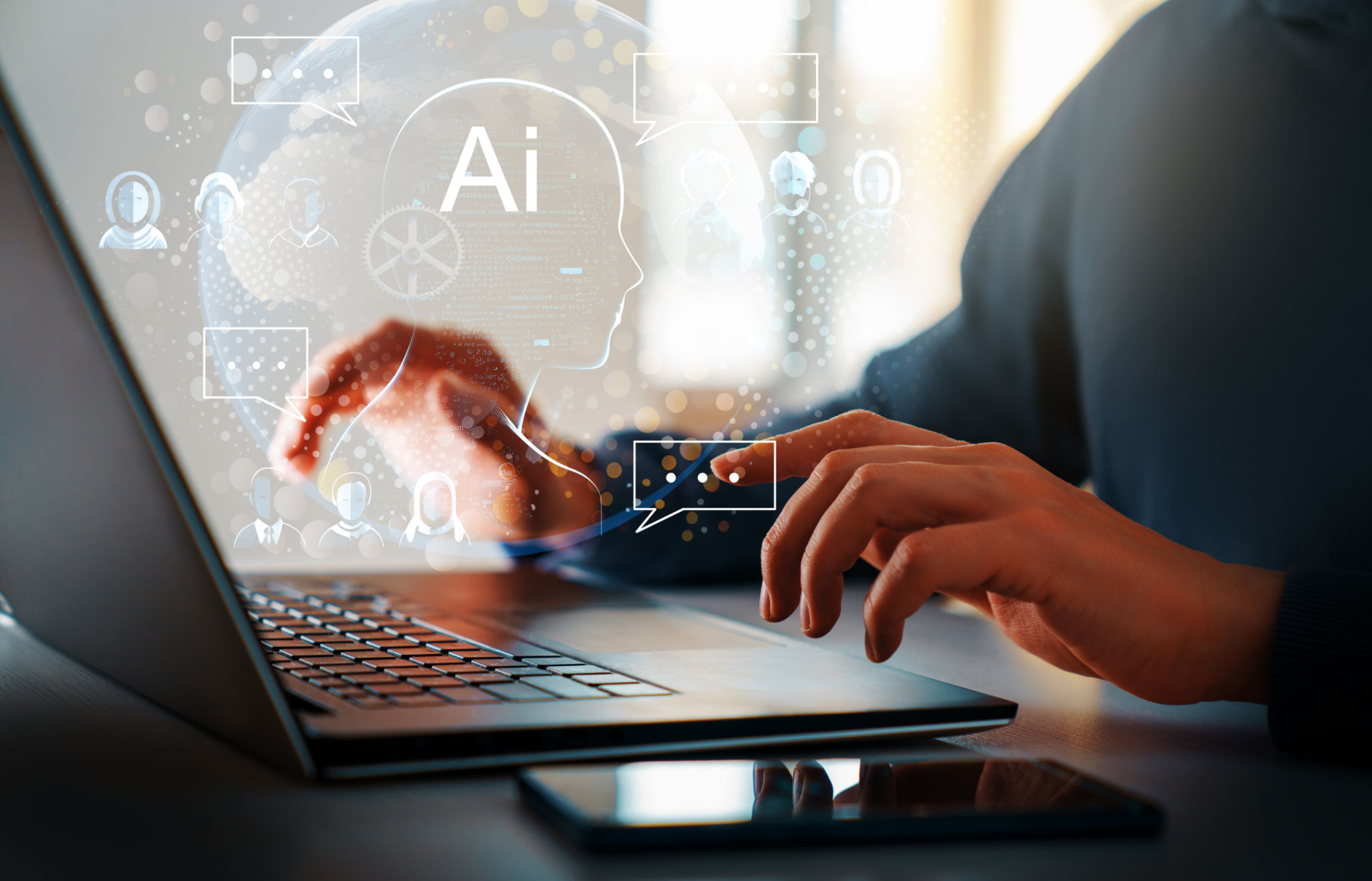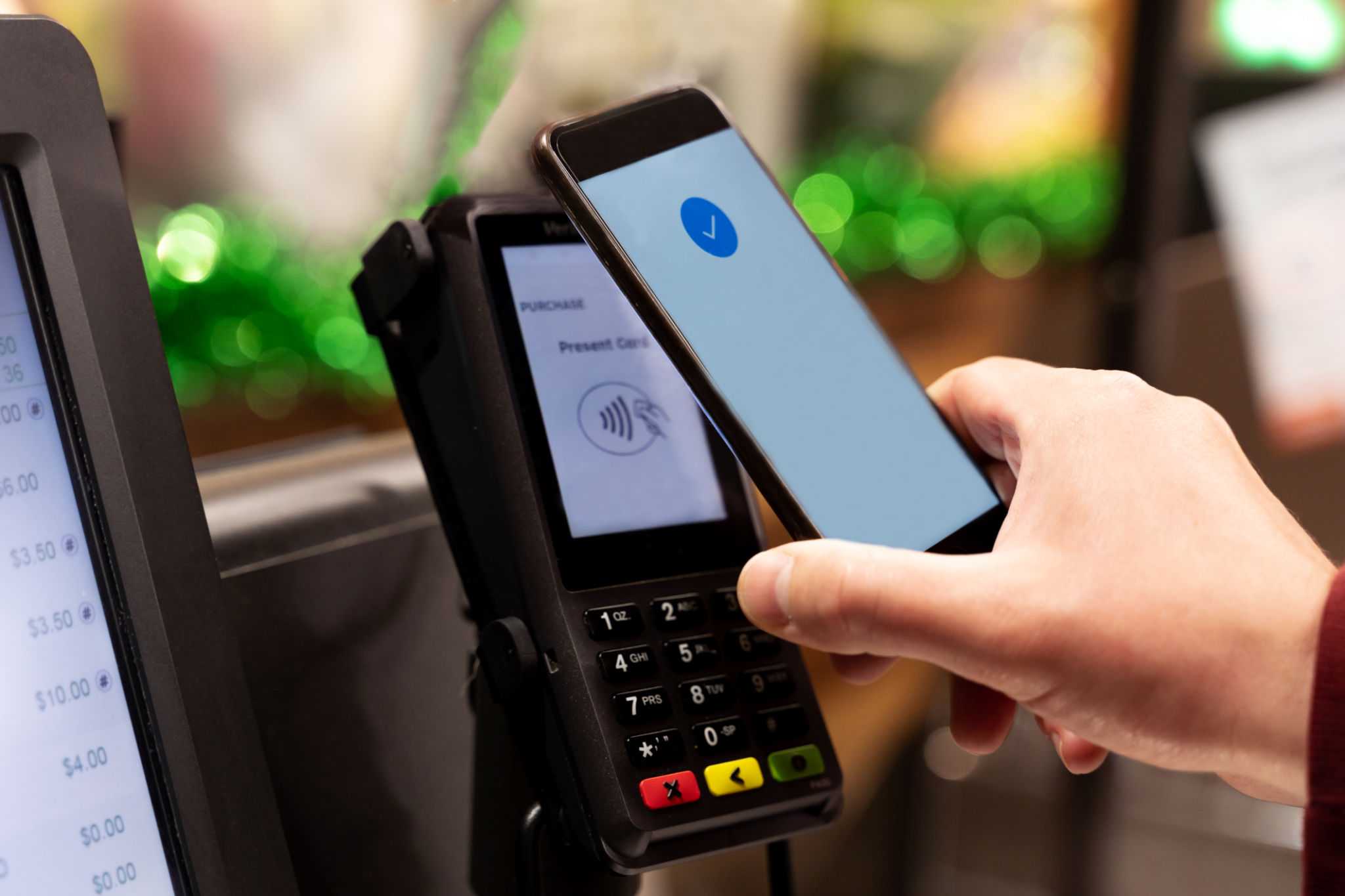Emerging Trends in Event Technology: What You Need to Know
Introduction to Event Technology Trends
The landscape of event technology is rapidly evolving, offering new and exciting opportunities for event planners and attendees alike. Staying ahead of these emerging trends can significantly enhance the experience, making events more engaging, interactive, and efficient. As technology continues to advance, understanding these trends is crucial for anyone involved in event planning.
In recent years, the integration of digital solutions has transformed how events are planned, executed, and experienced. From virtual reality to artificial intelligence, the possibilities are endless. Let's delve into some of the most promising trends shaping the future of event technology.

Virtual and Augmented Reality
Virtual Reality (VR) and Augmented Reality (AR) are revolutionizing the way events are conducted. These technologies provide immersive experiences that can enhance attendee engagement. VR can transport attendees to a different world, offering unique experiences that are not possible in a traditional setting. AR, on the other hand, overlays digital content onto the real world, providing interactive elements that can enrich presentations or exhibitions.
With the ability to create virtual environments and interactive simulations, VR and AR are perfect for trade shows, product launches, and educational sessions. This trend is expected to grow as hardware becomes more accessible and user-friendly.
AI-Powered Personalization
Artificial Intelligence (AI) is being leveraged to offer personalized experiences at events. By analyzing attendee data, AI can tailor recommendations for sessions, networking opportunities, and more. This level of personalization ensures that participants get the most out of their experiences, enhancing satisfaction and engagement.
AI chatbots are also being used to streamline communication, providing instant responses to attendee queries. This not only improves the attendee experience but also reduces the workload on event staff.

Hybrid Events
The rise of hybrid events, which combine in-person and virtual elements, is another significant trend. These events offer greater flexibility and reach, allowing participants to join from anywhere in the world. Hybrid events cater to diverse audiences by providing options for both physical attendance and virtual participation.
This trend was accelerated by the global pandemic, but its advantages have ensured its continued popularity. Hybrid events offer extended reach, increased accessibility, and a more inclusive experience.
Contactless Technology
As health and safety remain a priority, contactless technology has become essential for modern events. From touchless check-ins to contactless payments, these technologies minimize physical interactions and enhance safety for attendees.
RFID (Radio Frequency Identification) and NFC (Near Field Communication) technologies are being used for seamless access control and cashless transactions. These innovations not only improve safety but also streamline processes, making events more efficient.

Data-Driven Insights
Data analytics is becoming increasingly important in the realm of event technology. By collecting and analyzing data from various touchpoints, event organizers can gain valuable insights into attendee behavior and preferences.
This data-driven approach allows for more informed decision-making, helping planners improve future events. From understanding which sessions were most popular to gauging overall satisfaction, data analytics provides a clear picture of what works and what doesn’t.
Conclusion
The future of event technology is bright, with endless possibilities for innovation and improvement. By embracing these emerging trends, event organizers can create more engaging, efficient, and memorable experiences for their attendees.
Staying informed and adaptable is key in this dynamic field. As technology continues to evolve, those who leverage these advancements will undoubtedly lead the way in delivering top-notch events.
